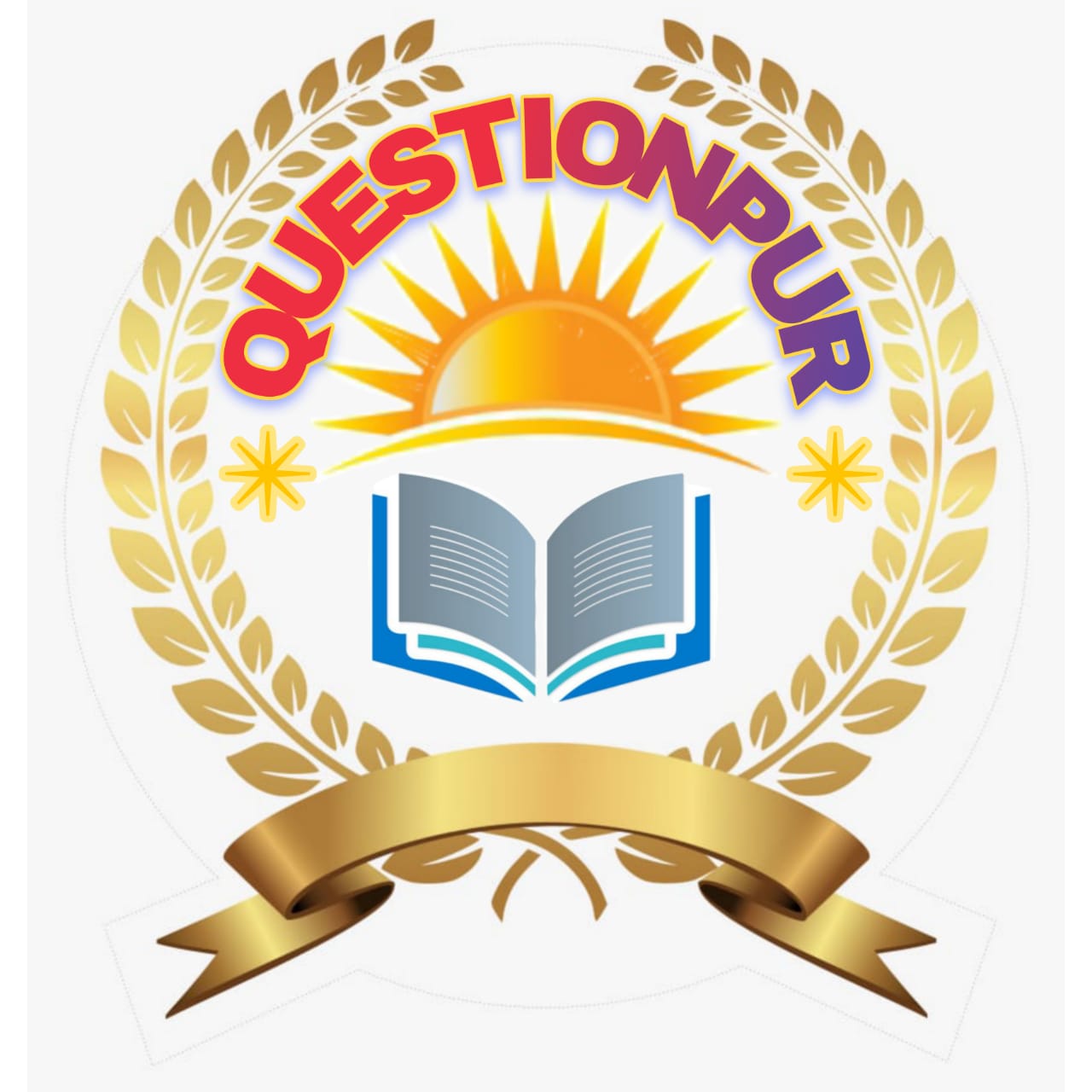What is Intensive Reading?
Intensive reading is a type of loud reading with a minute and detailed study of the text. It concentrates upon:
(a) Assimilation of language which consists of study of words, phrases and sentence structures,
(b) Study of sentence structure including grammar, word order and syn-tax.
(c) Grasping of the sense and
(d) Getting information.
Aims of Intensive Reading:
(i) To enable students to speak English correctly.
(ii) To improve and extend their knowledge and command over English.
(iii) To enable them to use the English language without fear and to develop into the habit of thinking in English.
(iv) To increase students' active vocabulary.
(v) To foster in them a taste for the study of English.
(vi) To concentrate upon language.
Procedure:
While teaching intensive reading, the following steps should be followed:
Step I:
Introduction
This is like appetiser before having food. Three methods can be used to introduce the reading passage:.
(a) The teacher explains the social, cultural, political and scientific background of the lesson.
(b) He asks some introductory questions based on the previous knowledge of students.
(c) He asks some revision questions (if some part of the lesson has already been taught).
Step II:
Model Reading
The teacher-reads the passage with correct pronunciation stress, intonation,-rhythm and pause. It is an essential part of intensive reading, as Prof. Morris says, "For a considerable part of a course, it is strongly advisable for the teacher to give a model reading of the first text, exploiting its dramatic possibilities." In the case of poetry, model reading is done twice. During first model reading, the books of students are closed. This is for aural comprehension. During second model reading, the books of students are open.
Step III:
Loud Reading
First, bright students should be invited to read aloud. After this, weak students should read loudly. The mistakes of pronuncia-tions etc. should be corrected by the teacher when the student finishes reading. According to F.G. French, the following points should be kept in mind regard-ing loud reading:
(a) Never let any pupil read too much.
(b) Reading around the class should be avoided.
(c) Help and do not blame a pupil who cannot read well.
(d) Do not let all the pupils read together.
(e) If a pupil stops completely over a word, the teacher should say the word himself to avoid unnecessary delay.
Step IV:
Explanation
New words, phrases, patterns, grammatical points and special references are explained. This is the most important step of Intensive reading.
Treatment of New Words and Phrases. For explaining new words and phrases, the following devices should be used:
(a) By giving synonyms. Only those synonyms should be used which the pupils have learnt.
(b) By giving a mother-tongue equivalent. These should be given only when easy English synonyms are not available.
(c) By using it in a sentence. Sentences should be easy and which have been read by students.
(d) By giving antonyms. Only those antonyms should be given which have been read by students.
(e) By direct association. This can be done by associating the word with object, picture model sketch and action....
(f) By words with the same prefix or suffix. e.g,, the meaning of 'kind-ly* can be taught by manly','gently'."
(g) By words grouped under a head e.g., the word to be explained is 'house. The teacher can say, "House means that place where mother, father, brother, sister all live together." Dr.C.C. Fries has given a list of words which can be grouped together on account of similarity. Some of those are as follows:
Village, town, city.
Path, road, way, highway.
'Stool, chair, table.
Cap, hat, turban, helmet'
Child, youth adult, oid.; -
Boy, girl, man, woman.
In order to fix the new words and phrases in the minds of pupils and to know if the pupils have understood the meaning, the teacher should ask students to use them in their own sentences.
Treatment of Sentences and Patterns. Sentences and patterns can be explained by giving parallel sentences and structures either in English or mother-tongue.
Treatment of Grammatical Points. Grammatical Points should be ex-plained only by incidental teaching. Parts of speech, tense, degree, use of parti ciple, agreement of subject and verb, gerund, infinitive, active and passive voices, clause etc. should be touched.
Treatment of Special References. The special references of the passagel should be explained in English. If they are difficult and the general standard of the class is low, mother-tongue can be used. This can be done by illustrative aids too.
Step V:
Questions for Comprehension
In order to test the comprehen-sion, some questions are asked. F.G. French has stated the following purposes f of comprehension questions:
(a) To ensure that all the pupils have grasped the general meaning.
(b) To make a special study of the vocabulary used.
(c) To use the passage for practice in language work and
(d) To enliven the wits of pupils through intelligence questions and puzzles.
These questions can be of the following four types:
(1) Questions for Comprehension of Meaning: For instance,
(i) Find out the suitable title for the paragraph.
(ii) What is the central.idea of the passage you have just read?
(iii) Relate the paragraphs in your own words.
(iv) Who spoke this sentence - ". ."?
(v) Questions starting with that, whether, who, why about etc, incidents etc. mentioned in the passage.
Read More-





